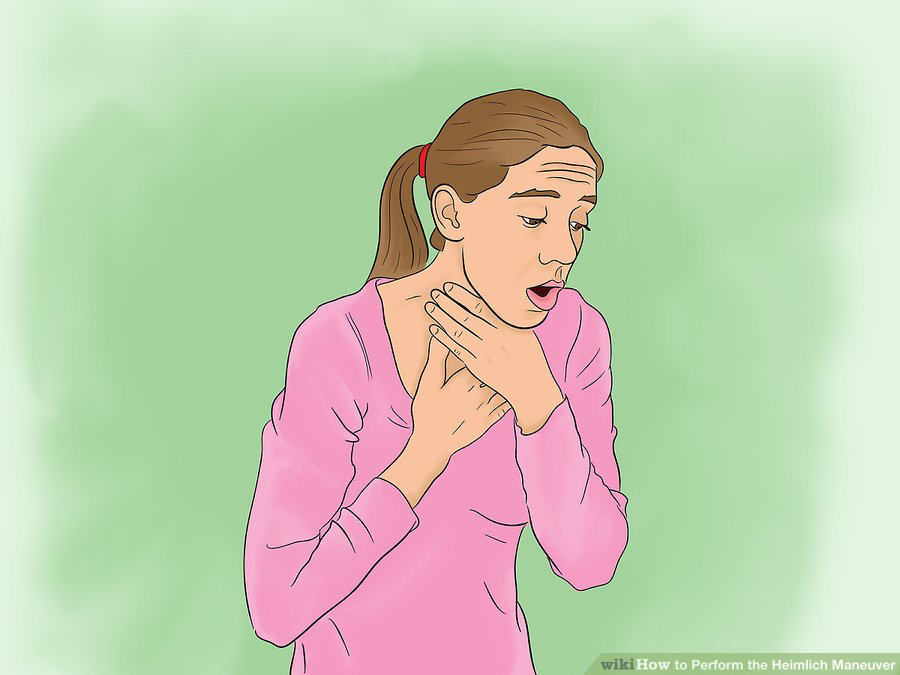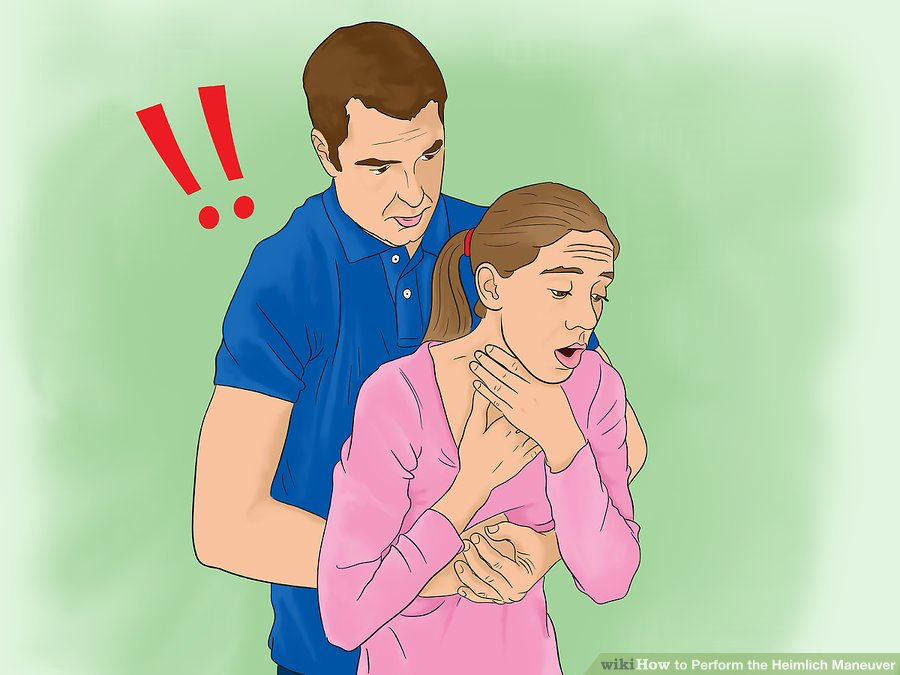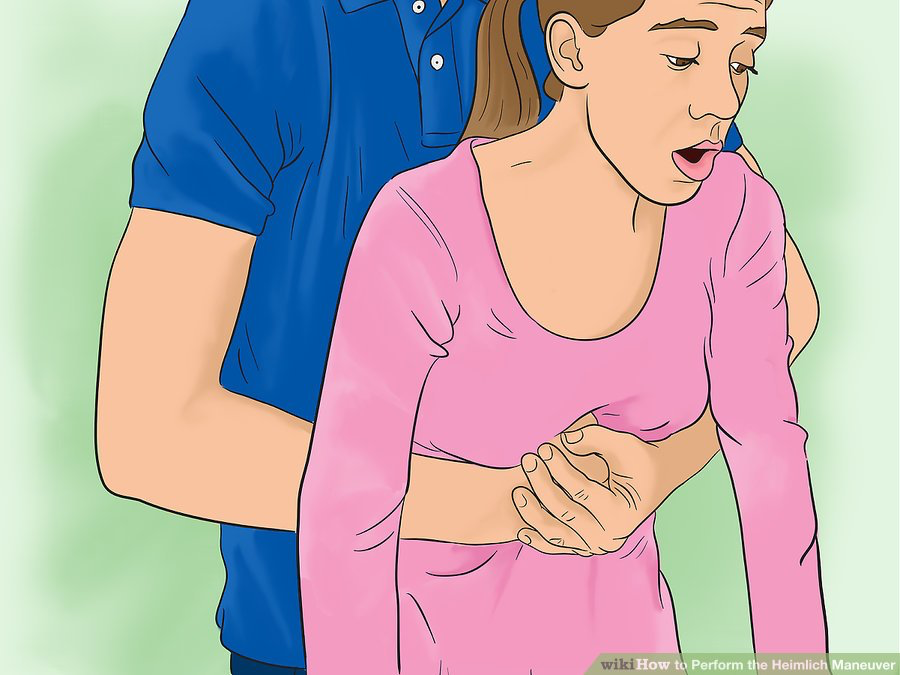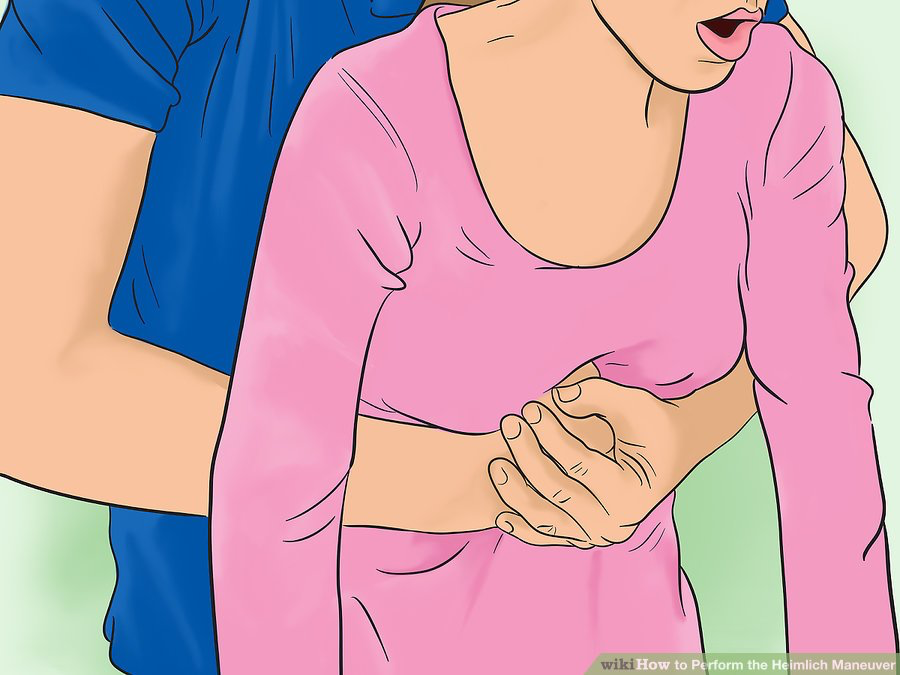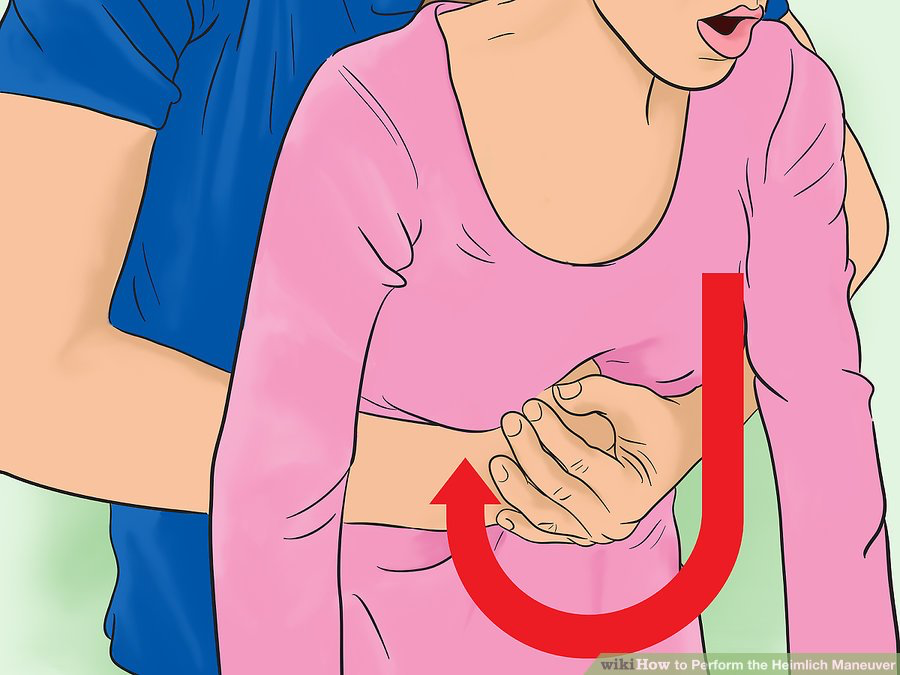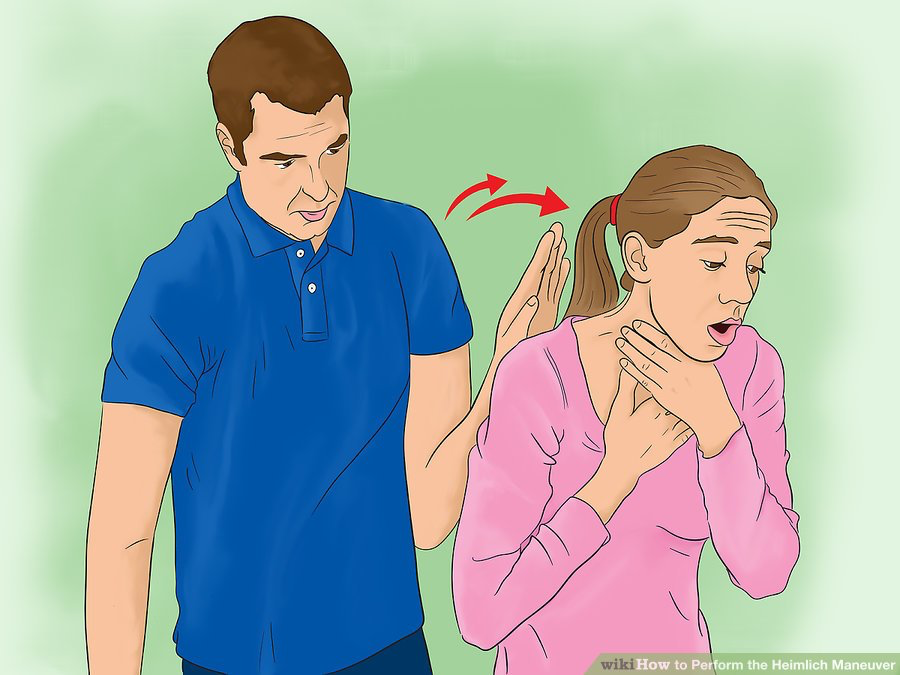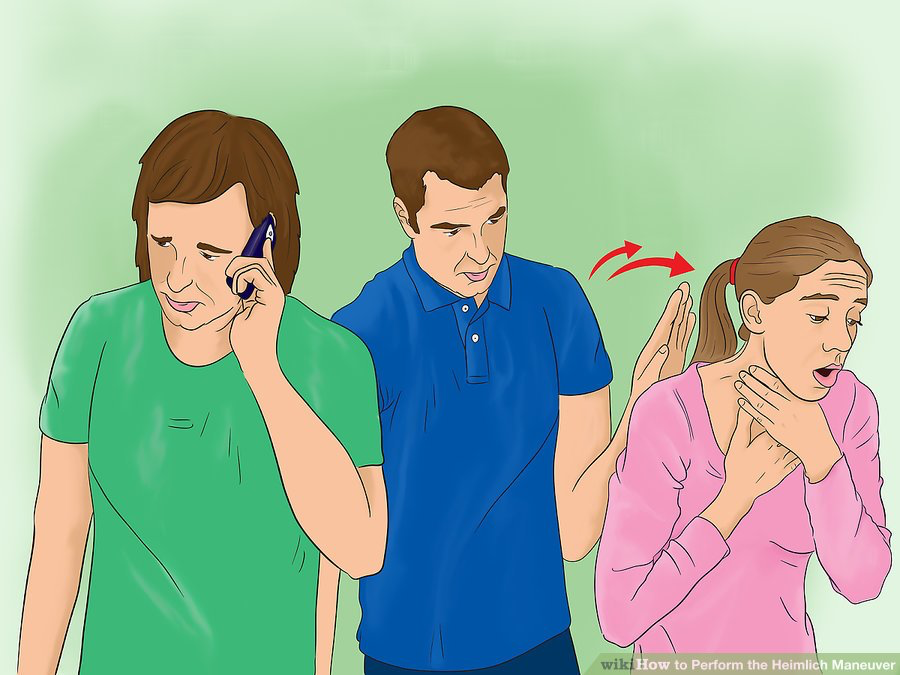First Aid Explained
Disclaimer:
This website is intended to assist with patient education and should not be used as a diagnostic, treatment or prescription service, forum or platform. Always consult your own healthcare practitioner for a more personalised and detailed opinion
How to Perform the Heimlich Maneuver
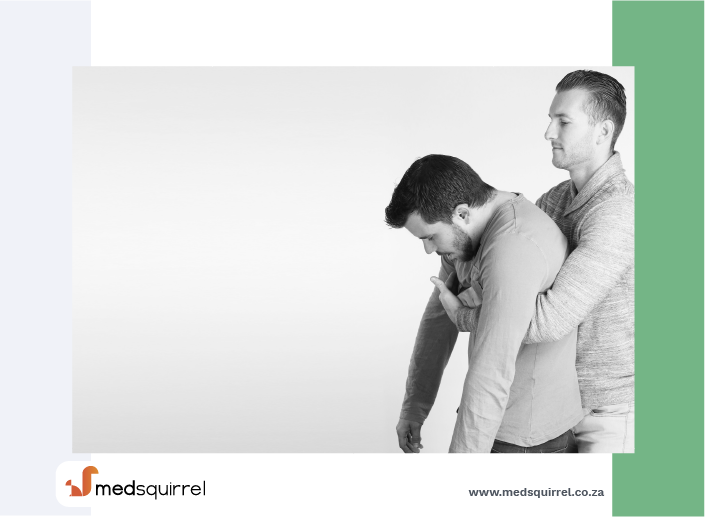
We have selected the following expert medical opinion based on its clarity, reliability and accuracy. Credits: Sourced from the website wikiHow. Please refer to your own medical practitioner for a final perspective, assessment or evaluation.
Overview
The Heimlich maneuver (abdominal thrusts) is a three-step emergency response technique that can save a life in seconds. It is a simple action that will often dislodge food or another object from a person's airway when they are choking, as it provides an increase in pressure in the abdomen and chest, enabling the object to be expelled. The onset of choking will often be sudden, and knowing how to do it properly and being willing to use that knowledge can save someone's life. Learn the method for performing the Heimlich maneuver by following these simple steps.
Steps
1. Determine if the person is truly choking
A choking victim will often have their hands around their throat and a desperate or panicked look on their face. They will not be able to breathe or speak, as they are suffering from complete airway obstruction (no air reaching their lungs). This means that they won't be able to respond to you when you ask if they're okay, or if they need help, other than nodding their head. Causes include food, trauma from injury or internal swelling from a severe allergic reaction.
Look for the common symptoms of complete or total airway destruction:
- Cannot breathe, or is making obvious efforts to take in breaths with great difficulty (observe for any in-drawing of spaces between the ribs and above the collarbones)
- Cannot speak effectively or at all
- Noisy breathing
- Inability to cough effectively
- Blue or gray color to lips and fingernail beds, face is grayish, due to lack of oxygen
- Clutching at throat with both hands (the universal sign for choking)
- Loss of consciousness.
2. Reassure the victim immediately that you are going to help him or her
Realize that you call for emergency help after you've tried to save the victim as every second counts. Have someone else call while you're attending the victim, if others are around.
3. Get the victim in a standing position
It can also be performed in a sitting position if the victim is too heavy for you or you're in a confined space such as a plane; just be sure to have plenty of room to perform the moves.
4. Do not perform back blows to a choking victim before proceeding to use the Heimlich maneuver
Although recommended by some first aid classes, they often only cause the object to be forced further down the trachea.
5. Stand behind the victim
Stand with your legs separated, to form a "tripod" shape if the victim faints or becomes unconscious (this will help you to catch them and stabilize their fall quickly).
- Reach around the victim from behind. Circle your hands around the victim's abdomen (stomach).
- Make a fist with your dominant hand. The thumb of this fist should point into the stomach. Place this fist just above the victim's navel (belly button) and under the breastbone.
- Wrap your other hand firmly around this fist. Be sure to keep your thumb away from the victim's body, to prevent injury to the victim
6. Perform the Heimlich maneuver, also known as abdominal thrusts
- Pull inward and upward, pressing into the victim's abdomen with quick upward thrusts, using good force. Make the motion similar to the letter "J" - in, then up.
- Make the thrusts quick and forceful, as if you are trying to lift the victim off his or her feet from this position.
- Perform abdominal thrusts in quick succession. Repeat the series of thrusts until the object is dislodged and expelled. The victim will cough out the obstacle obstructing their airway if this maneuver is successful.
- Use less force if the victim is a child.
- If the victim falls unconscious, stop the thrusts immediately. Be aware that this can happen if the object is not removed.
7. Check to see if normal breathing has returned
8. Call for help immediately if you fail to dislodge the obstruction (see "EMERGENCY NUMBERS" above)
If the victim is unconscious, stop abdominal thrusts:
- Call emergency services. Ask for immediate assistance. Have someone else do this where possible, to save time.
- Seek to clear the victim's airway (check the mouth and see if you can dislodge anything obvious) and provide artificial respiration (CPR).
- Remain with the victim constantly. This is life threatening and he or she could die any moment; continue to administer artificial respiration to try to prolong their chances.
_______________________________________________________________________________________________________________________
Are you a healthcare practitioner who enjoys patient education, interaction and communication?
If so, we invite you to criticise, contribute to or help improve our content. We find that many practicing doctors who regularly communicate with patients develop novel and often highly effective ways to convey complex medical information in a simplified, accurate and compassionate manner.
MedSquirrel is a shared knowledge, collective intelligence digital platform developed to share medical expertise between doctors and patients. We support collaboration, as opposed to competition, between all members of the healthcare profession and are striving towards the provision of peer reviewed, accurate and simplified medical information to patients. Please share your unique communication style, experience and insights with a wider audience of patients, as well as your colleagues, by contributing to our digital platform.
Your contribution will be credited to you and your name, practice and field of interest will be made visible to the world. (Contact us via the orange feed-back button on the right).
